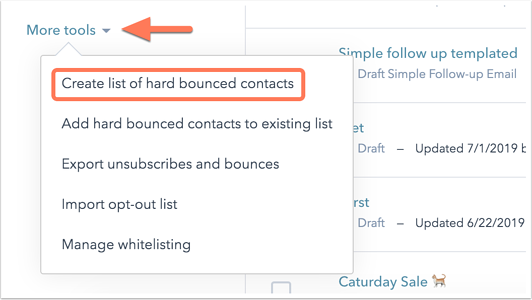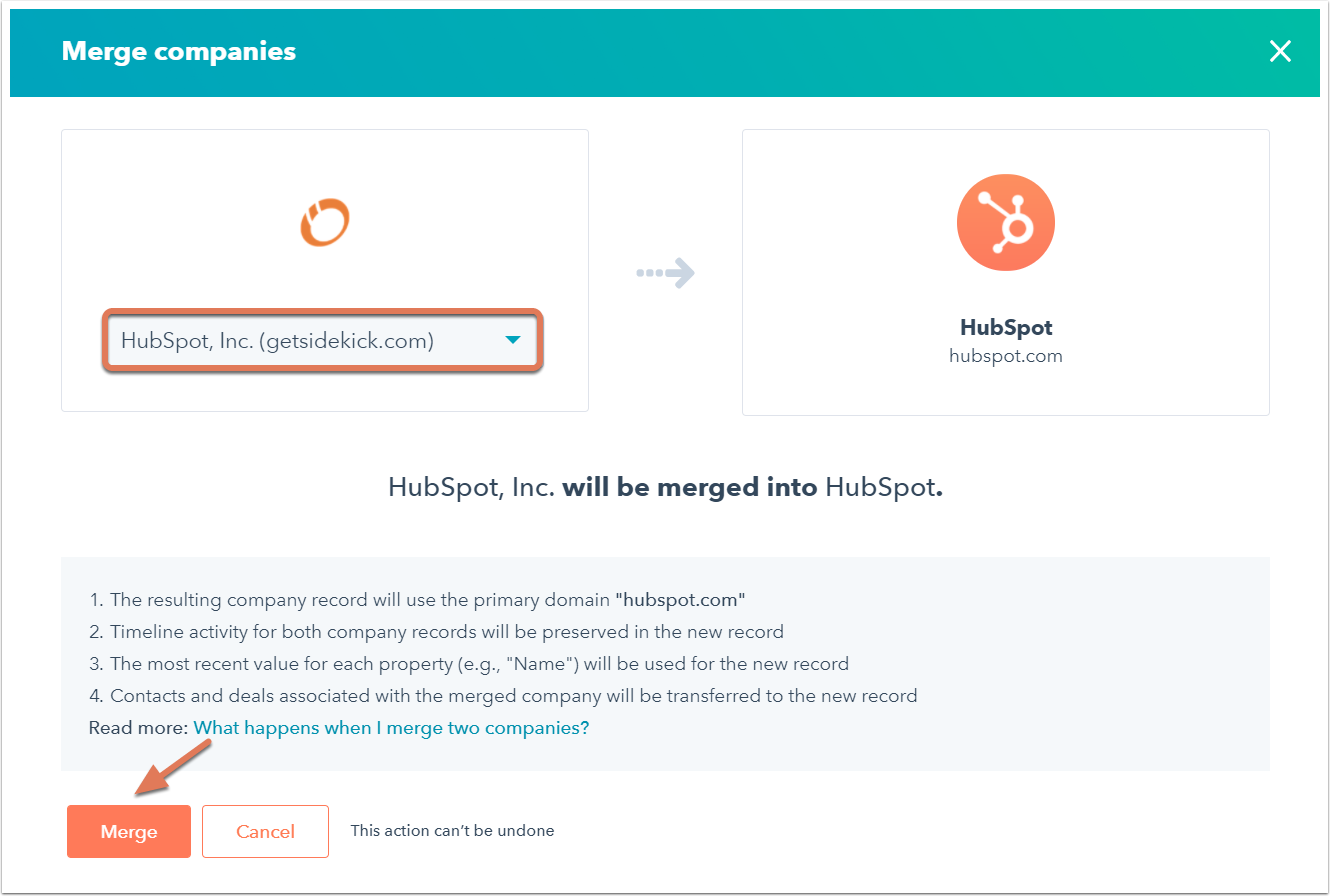The beating heart of your company is the Customer Relation Management (CRM) system. Why? The CRM is the place where all important data about leads, prospects and customers is stored centrally. If you manage your CRM well, you can provide your marketing, sales and service staff with reliable customer data.
This is easier said than done. A human heart can slowly clog up, resulting in severe consequences. In fact, the same applies to a CRM. But how do you keep this information system healthy? You train your heart with cardio fitness. To keep a CRM up-to-date, you also need to follow a strict training regime. It's time for a Customer Relation Management boot camp!
Save relevant contactsData in a CRM system become obsolete quickly. One-third of the data is no longer usable after just one year. Your contacts change job titles, prospects change telephone numbers, and companies suddenly change their names. Before you know it, you are stuck with old, incorrect or duplicate information. Additionally, the number of 'cold leads' is increasing rapidly. These are customer data that digitally collect dust, take up space and are never used.
Therefore, remove business relations who have unsubscribed or whose e-mails have bounced.

Delete duplicate contacts. Hubspot has the duplicate management tool for this.

Filter and delete 'cold' contacts. Use Hubspot properties such as the last marketing e-mail open date, recent conversion date, or recent sales e-mail replied date to make an initial selection. You will likely be able to delete a large portion of these contacts in bulk.
Standardise & structure input
Consistency is important when filling a CRM. In Hubspot, you can enter contacts manually, and this process can be standardised. Very handy! You can set up property fields that appear when you add new contacts. You can also make it mandatory to fill in specific fields. This way, every employee works according to a consistent workflow, and the CRM does not become unnecessarily cluttered.
Naturally, you also collect data about leads and prospects in Hubspot via Forms. Always ask yourself what information you really need. These are your key fields.
In the Hubspot CRM, you can check whether existing contacts meet certain key fields. You can then print lists where, for example, a key field such as 'branch' or 'job title' is empty and actualise them.
Director, general manager, CEO; they are different names for the same job title. However, you can assign the same role to these contacts. This ensures that the CRM can be easily divided into segments and analysed.
Assigning responsibilities and planning
Finally, decide as a team who will be in charge of cleaning up the CRM system. Depending on the number of contacts, the clean-up can be scheduled on a weekly or monthly basis.
It takes hard work to stay fit. You also have to work continuously on an up-to-date, complete and accurate CRM. That effort pays off in the long run. Leads do not disappear off the radar, and you can take immediate action because you can rely on your customer information.









